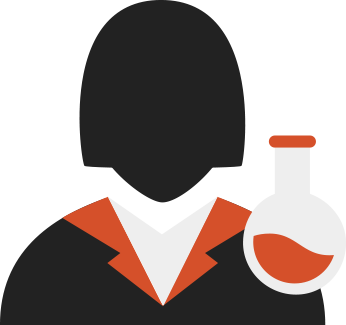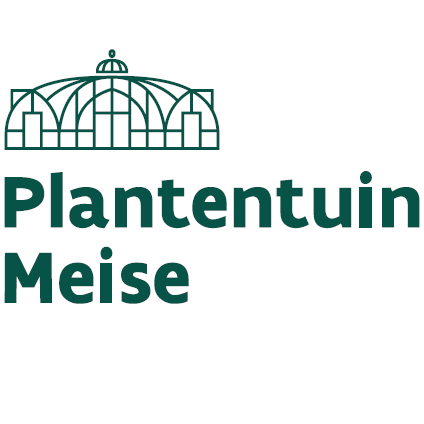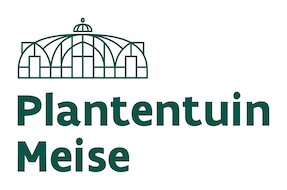In this project, we will document several little families of Belgian aquatic plants. This group includes not only native plants from marshy environments and bogs but also exotic species which sometimes become established ruderals or even naturalized.
Generally speaking, most of these plants live in fresh water, but some – such as the sea arrowgrass (Triglochin maritima) and eelgrass (Zostera) – grow exclusively under sometimes quite markedly saline conditions. These plants can thus only be found along the coast or in the ocean itself. Given the country’s coastal extent – and the low number of natural reserves along the coast – all these species are very rare in Belgium; the dwarf eelgrass (Zostera noltii) is even considered extinct.
Such rarity actually applies to most of the other species of aquatic plants: almost all of them are indicators of “better” environments, those which managed to keep a part of their historical integrity and which are under high human pressure in the present conditions.
Also accounted among the aquatic plants in this project are the smallest flowering plants of the world: duckweed (Lemnaceae). Their names spark one’s imagination: least duckweed (Lemna minuta), gibbous duckweed (Lemna gibba), ivy duckweed (Lemna trisulca), common duckmeat (Spirodela polyrrhiza), spotless watermeal (Wolffia arrhiza),… Until recently, only five species were known to exist in our country, however several new species have been added to this group of extremely small plants in the last decennia!
Also belonging to this group of aquatic plants, the flowering rush (Butomus umbellatus) is likely one of the most beautiful marsh plants of our country. Its caps of rose-reddish flowers sky high above the ditch and stagnant water vegetation and are a delight for the eye – unfortunately sometimes also an easy target for frustrated herbicide users.
Although ecologically quite interesting, aquatic plants were often overlooked in the past because studying and collecting them demands waterproof footwear and the wellingtons we know so well only became easily available since the second half of the 20th century. The relatively low number of herbarium specimens in these aquatic plant families does not therefore reflect their true distribution in nature.
The Belgian Herbarium:
The Botanic Garden Meise holds the largest herbarium collection of Belgian plant specimens. Each of these herbarium specimens has a label with valuable information such as the plant’s identification, and when, where, and who collected the plant. These specimens can be used in many domains of research, such as conservation, evolution, ecology and systematics. These data help us to better understand the plants of Belgium, their history and that of people who collected them. There are about 200,000 specimens in the Belgian Herbarium of the Botanic Garden Meise and we want to document them all! These data will then be made available online at www.botanicalcollections.be.
Keywords (Latin):
Belgium, Aquaticae, Hortus Botanicus Meise, Botanica
Read more »







